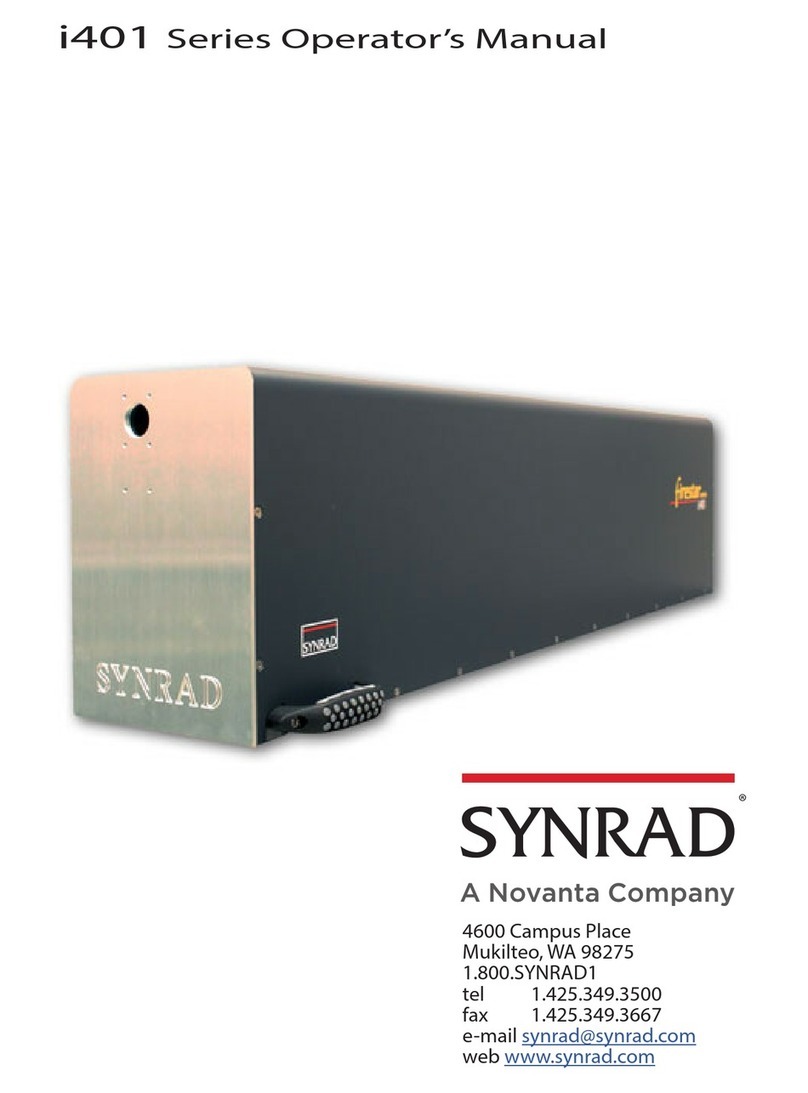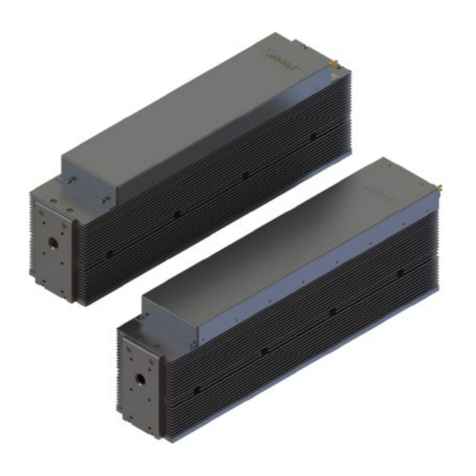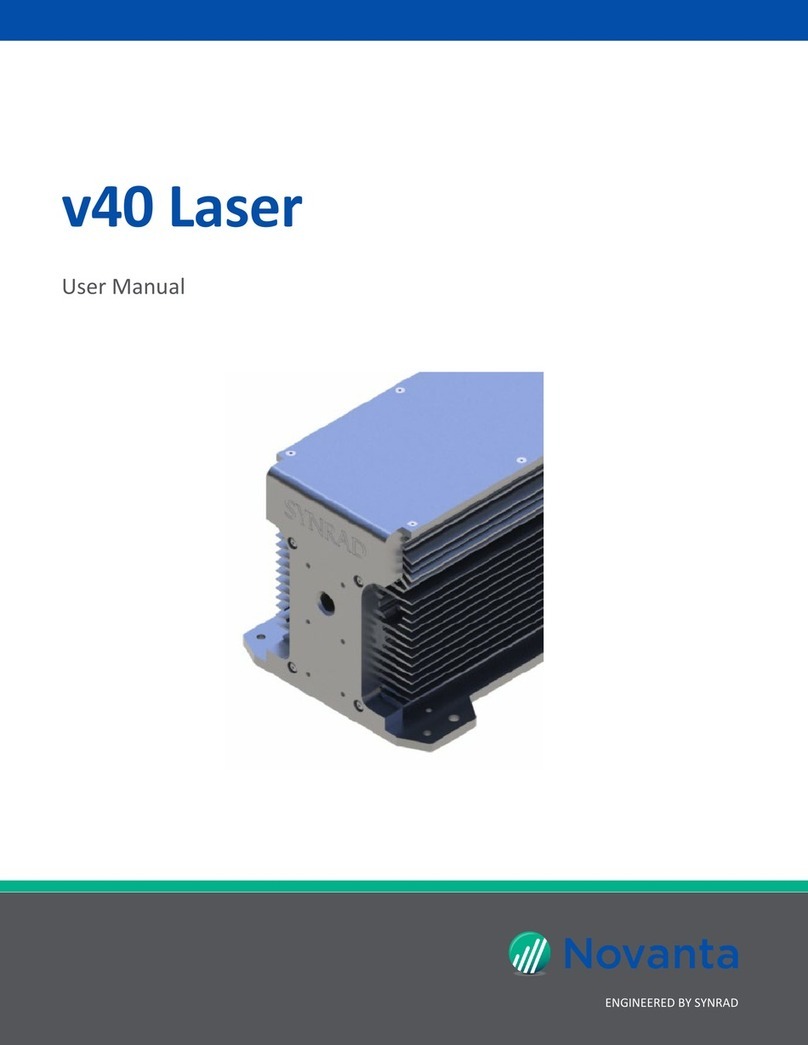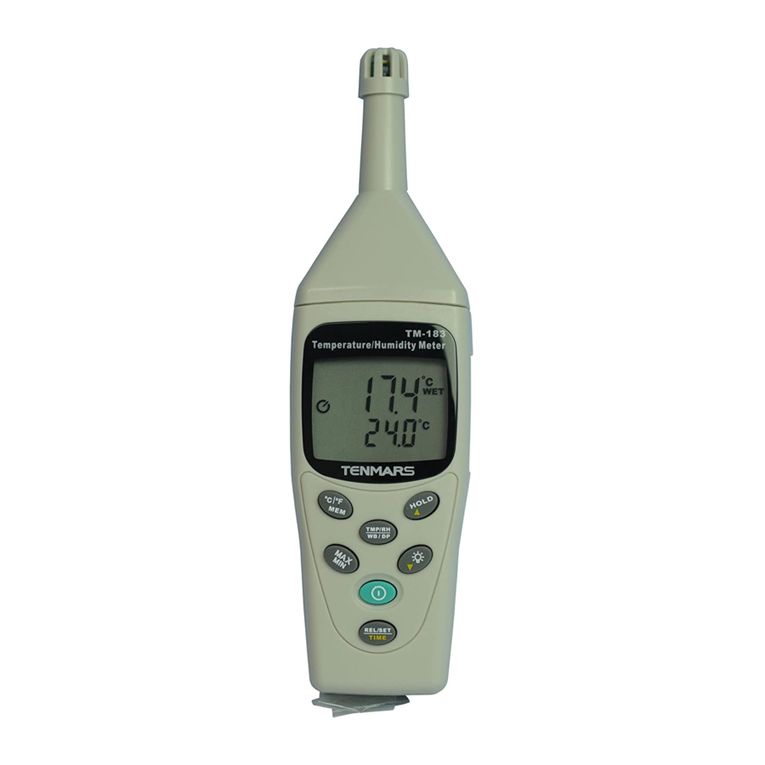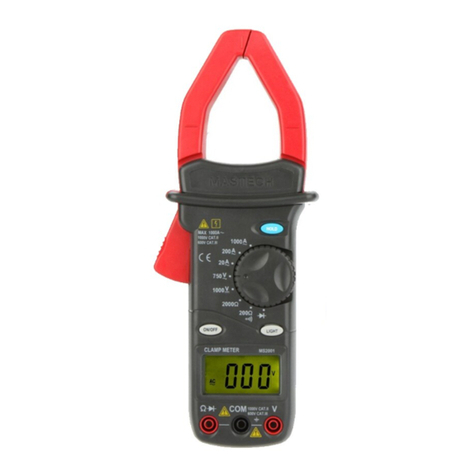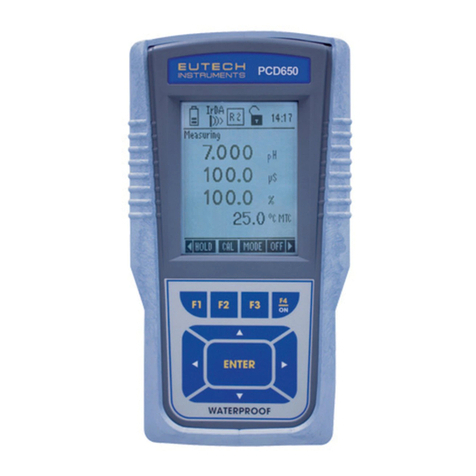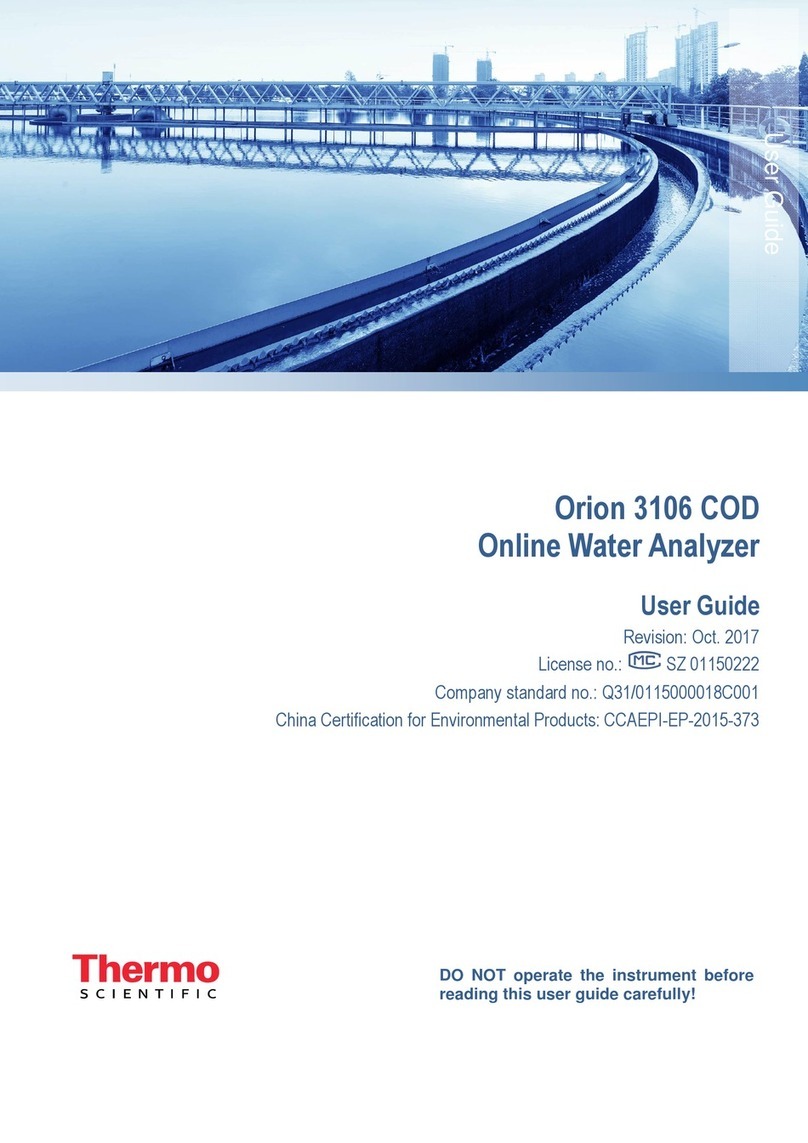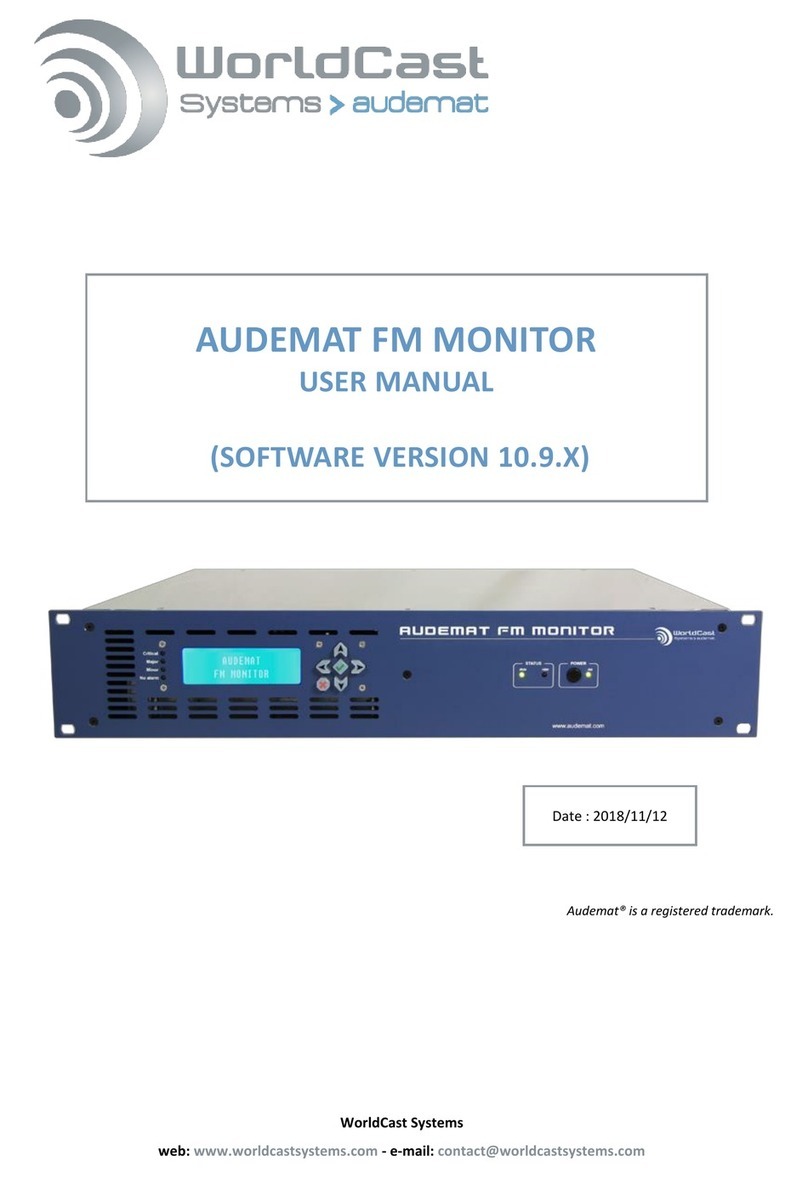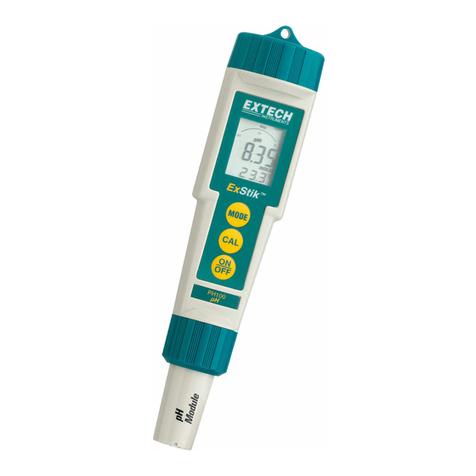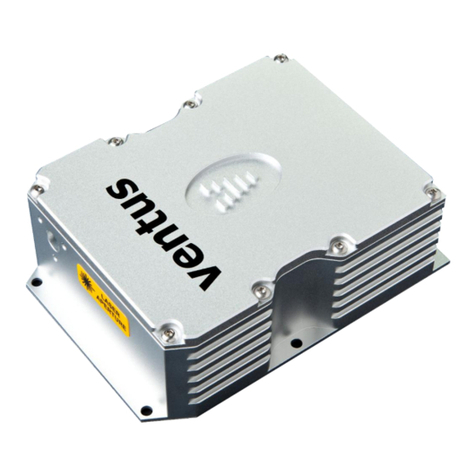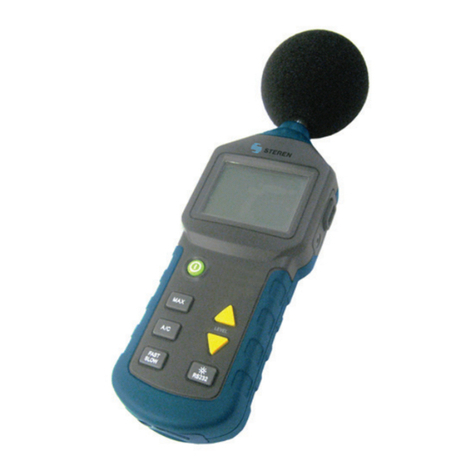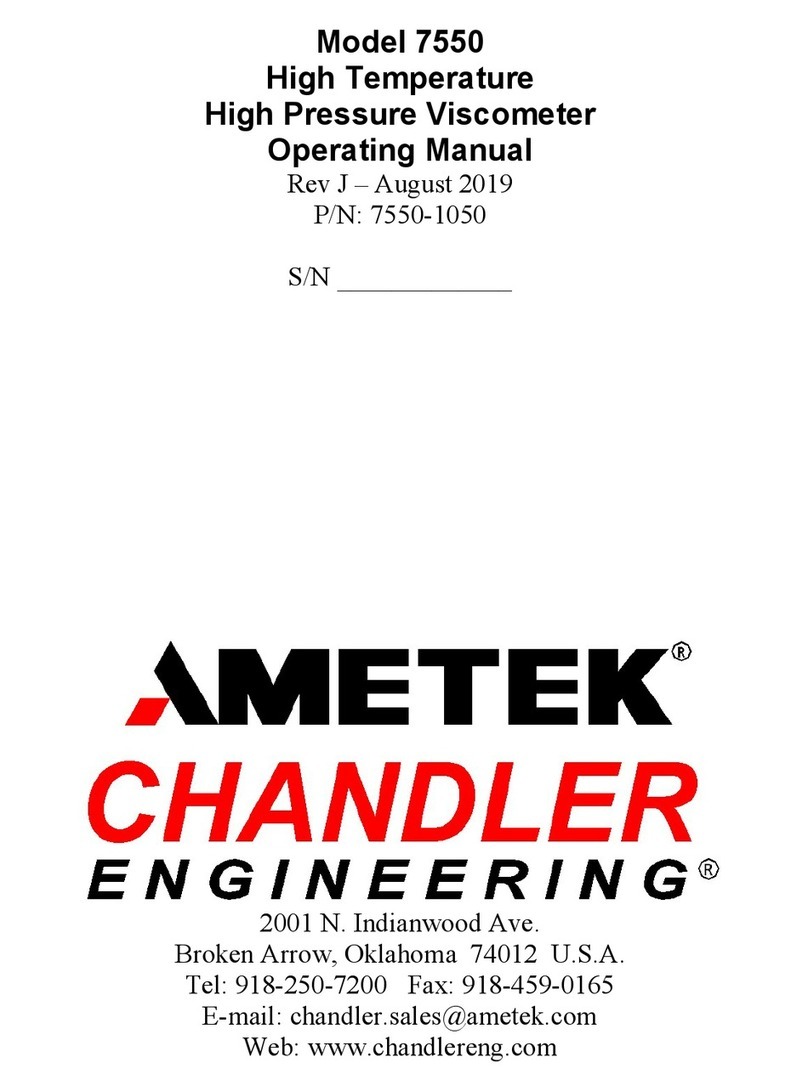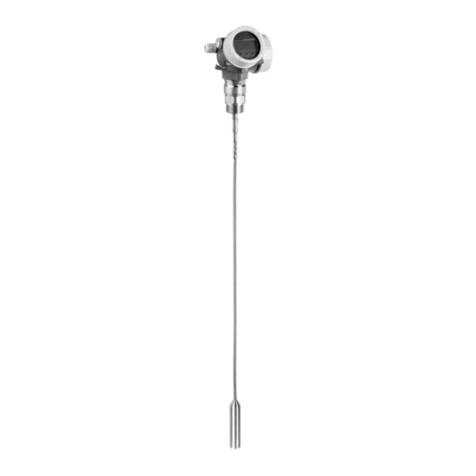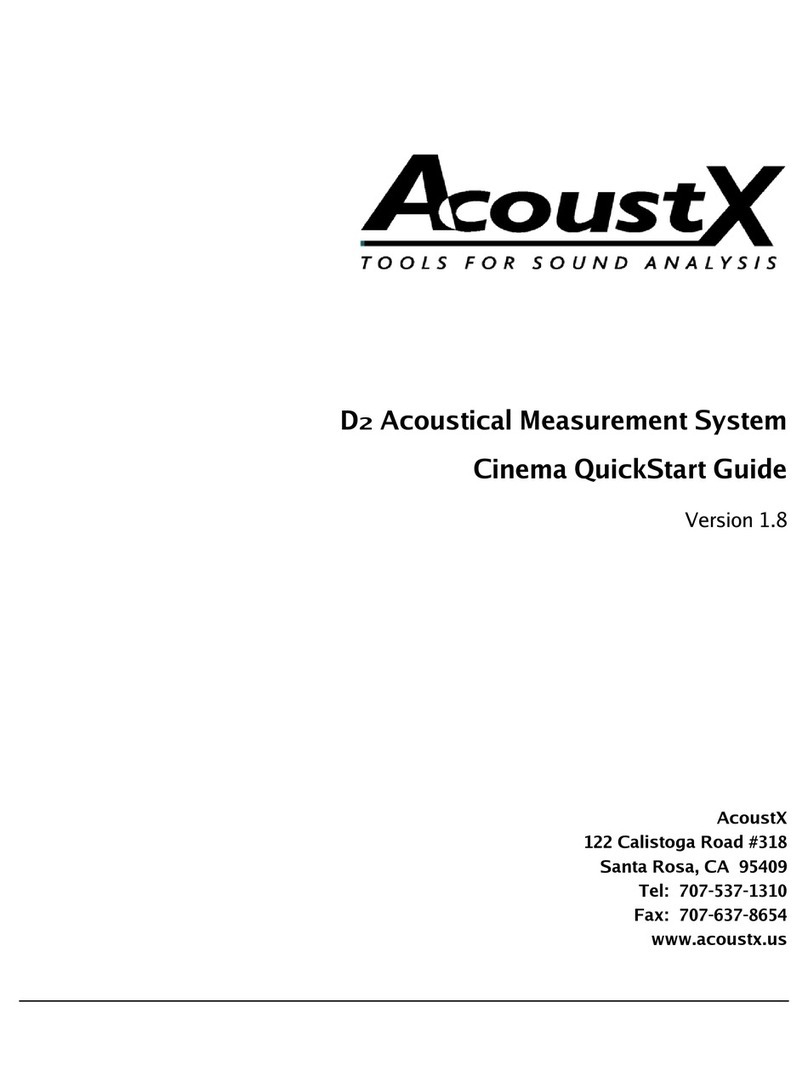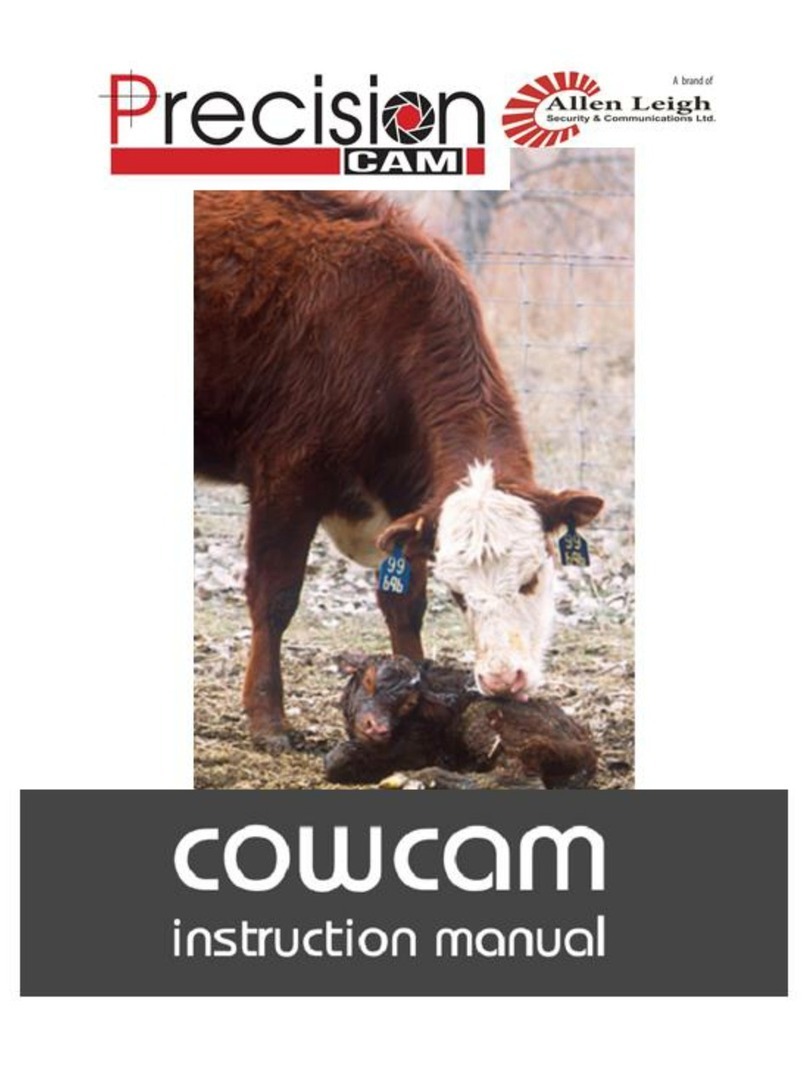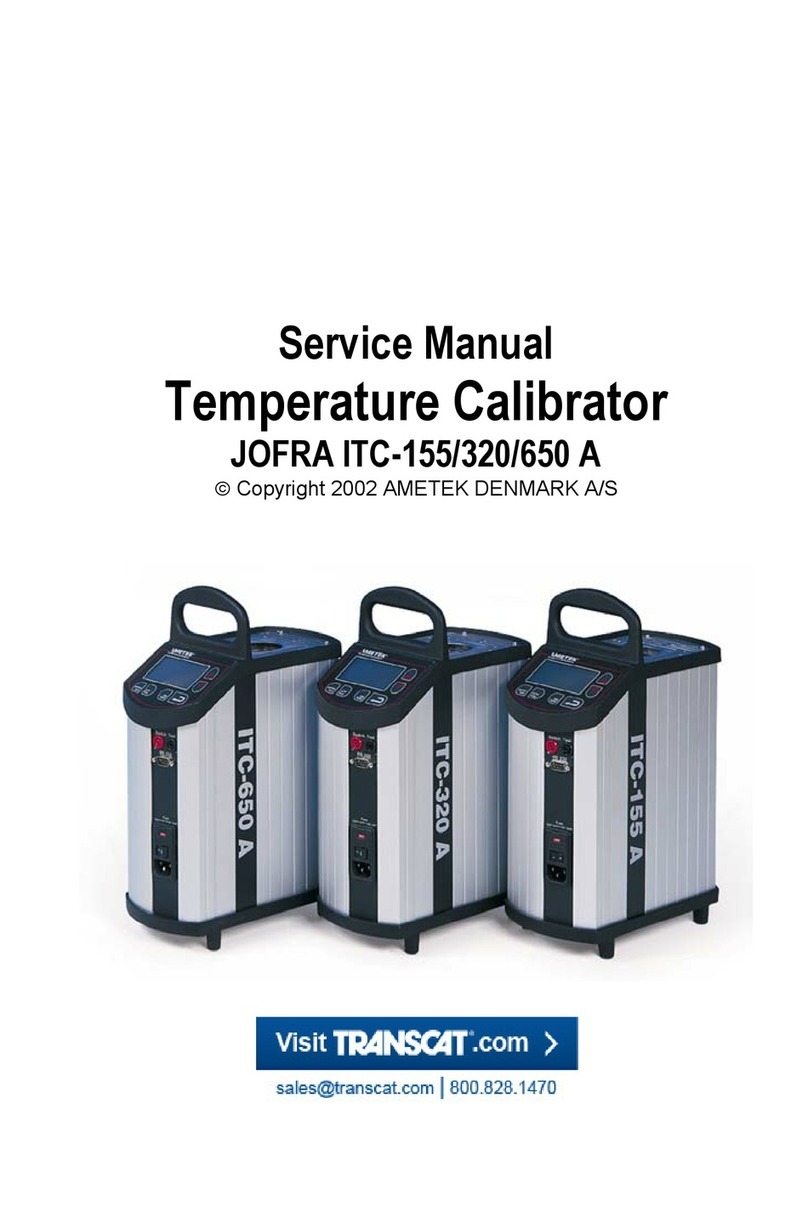
AGENCY COMPLIANCE PAGE |17
Figure 1 Hazard label locations.
Agency Compliance
•Center for Devices and Radiological Health (CDRH) requirements.
•Federal Communications Commission (FCC) requirements.
•European Union (EU) requirements.
NOVANTA® lasers are designed, tested, and certified to comply with certain United States (U.S.) and
European Union (EU) regulations. These regulations impose product performance requirements related
to electromagnetic compatibility (EMC) and product safety characteristics for industrial, scientific, and
medical (ISM) equipment. The specific provisions to which systems containing v30 lasers must comply
are identified and described in the following paragraphs.
In the U.S., laser safety requirements are governed by the Center for Devices and Radiological Health
(CDRH) under the auspices of the U.S. Food and Drug Administration (FDA) while radiated emission
standards fall under the jurisdiction of the U.S. Federal Communications Commission (FCC). Outside the
U.S., laser safety and emissions are governed by European Union (EU) Directives and Standards.
In the matter of CE-compliant laser products, NOVANTA assumes no responsibility for the compliance of
the system into which the product is integrated, other than to supply and/or recommend laser
components that are CE marked for compliance with applicable European Union Directives.
Because OEM laser products are intended for incorporation as components in a laser processing system,
they do not meet all the Standards for complete laser processing systems as specified by 21 CFR, Part
1040 or EN 60825-1. NOVANTA assumes no responsibility for the compliance of the system into which
OEM laser products are integrated.
Center for Devices and Radiological Health (CDRH) requirements
Product features incorporated into the design of v30 lasers to comply with CDRH requirements are
integrated as panel controls or indicators, internal circuit elements, or input/output signal interfaces.
Specifically, these features include a lase and laser ready indicators, remote interlock for power on/off, a
laser aperture shutter switch, and a five-second delay between power on and lasing. Incorporation of
certain features is dependent on the laser version (Keyswitch or OEM). See the Class 4 safety features,
located in the following table, which indicate which features are available on v30 lasers, the type and
description of the feature, and if the feature is required by CDRH regulations.
OEM Models
V30 OEM lasers are OEM products intended for incorporation as components in laser processing
systems. As supplied by NOVANTA, these lasers do not meet the requirements of 21 CFR, Subchapter J
without additional safeguards. In the U.S., the Buyer of these OEM laser components is solely responsible
for the assurance that the laser processing system sold to an end user complies with all laser safety
requirements before the actual sale of the system. Under CDRH regulations, the Buyer must submit a
report to the CDRH prior to shipping the system. In jurisdictions outside the U.S., it is the sole
responsibility of the Buyer of these OEM components to ensure that they meet all applicable local laser
safety requirements. In cases where the Buyer is also the end-user of the OEM laser product, the























